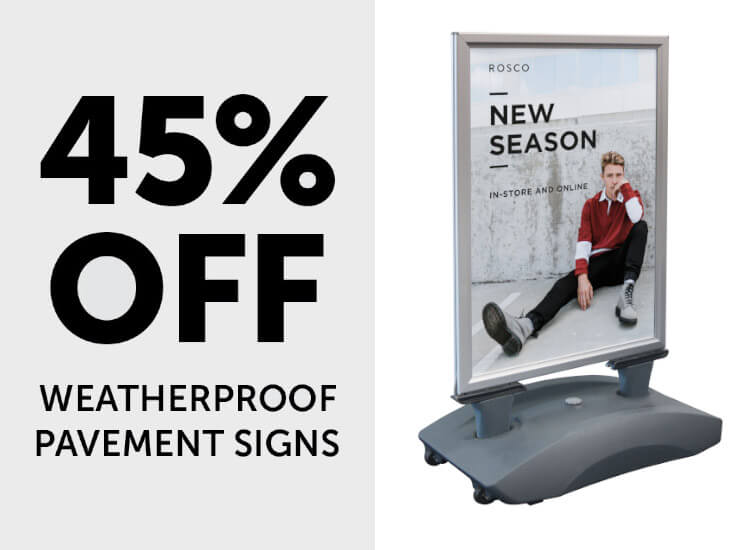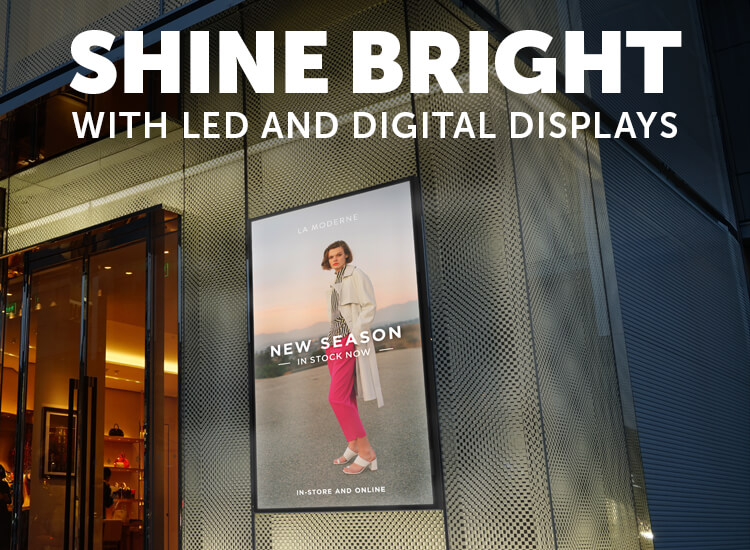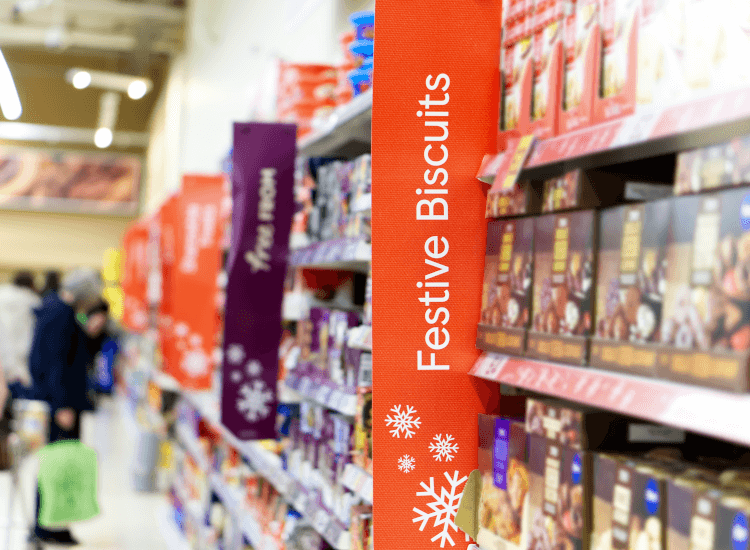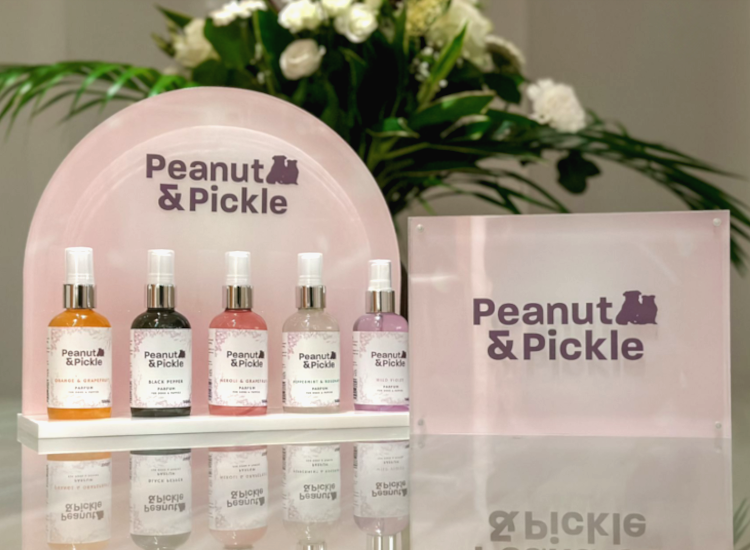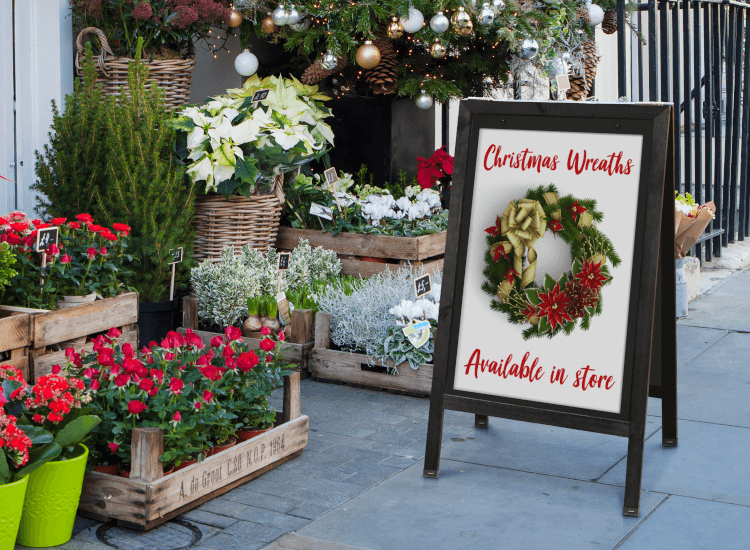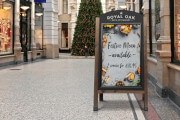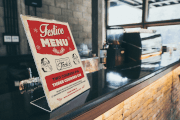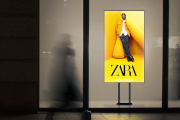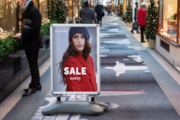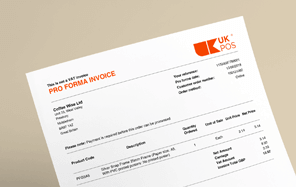Sensory Retail: The Five Senses Of Retail

Step into your store as a customer might. What do you notice first: the warm glow of your window display, the hum of background music, or maybe the subtle scent of coffee from the café next door?
In a world where consumers scroll past thousands of ads a day [1], physical retail has something digital never will: the ability to feel.
Successful retailers are turning this into their superpower and designing experiential spaces that don’t just show products but immerse customers in them.
From the texture of your packaging to the tempo of your playlist, every sensory cue influences how shoppers think, feel and buy. Here’s how to make all five senses work for your brand...
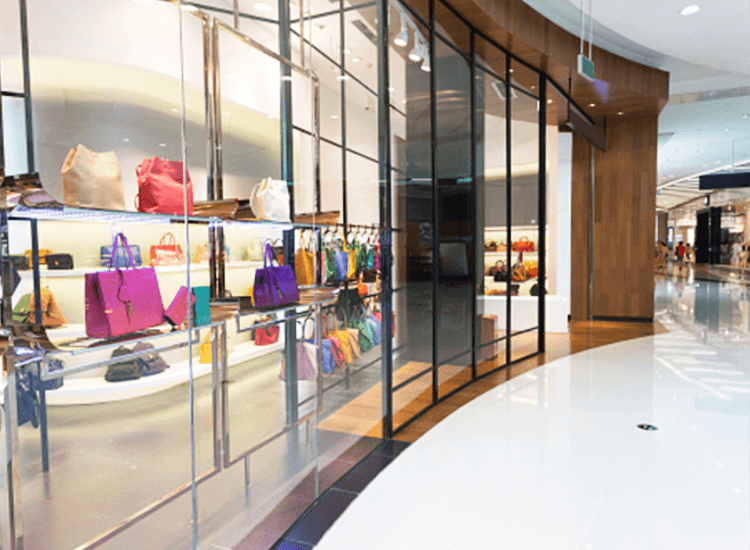
‘8 in 10 consumers globally would recommend a store if they found the sight, sound and scent enjoyable’ [2]
1. Sight
The moment a shopper walks through your door, sight leads the way. Lighting, layout, colour, and visual displays all work together to tell your brand story before you’ve said a word. Everything from printed posters to display stands to the products themselves need to be considered carefully to ensure they meet the brand messaging goals.
Consider:
- Does your colour palette reflect your brand’s personality?
- Are your displays designed to draw the eye naturally towards your key products?
- Does your lighting flatter your merchandise or flatten it?
Small visual tweaks can make a huge difference. For example, contrasting textures and focal points can guide a customer’s journey intuitively through your space. Use LED lighting to highlight premium ranges or new arrivals, and ensure every shelf and stand looks intentional, not cluttered.
2. Sound
Sound is the invisible mood-setter. The right playlist can relax, energise or even influence how long people spend browsing.

Retailers like Hollister and Topshop have built their entire brand around music and atmosphere. DJs, curated playlists, and live in-store events add a buzz and build emotional connection.
But sound doesn’t always need to be loud to be effective. For restaurants and cafés, slower music encourages customers to linger longer, leading to increased spend [3].
In boutiques or wellness spaces, soft ambient tracks can make visitors feel calm and cared for.
Pro tip: Match your music to your brand rhythm. A store selling luxury goods might choose a slower tempo to evoke sophistication; a sports retailer might use upbeat music to drive energy.
3. Smell
Scent works on a subconscious level, but its impact is profound.
Lush has become famous for the unmistakable fragrance that greets passersby before they even step inside. That scent isn’t accidental, it’s a core part of their identity.
Similarly, supermarkets have long harnessed scent marketing, using the aroma of freshly baked bread near entrances to evoke warmth and hunger.
For smaller retailers, scent doesn’t have to be complex or costly. Consider using diffusers or candles that reflect your brand tone — citrus for freshness, vanilla for comfort, or cedarwood for sophistication.
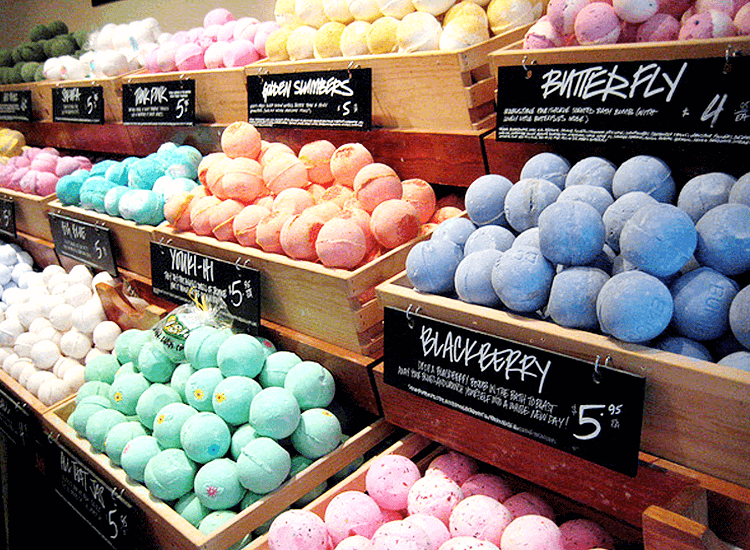
Pro tip: Keep scent subtle. Overpowering aromas can be off-putting. Instead, aim for a soft, consistent scent that customers begin to associate uniquely with your store.
4. Touch
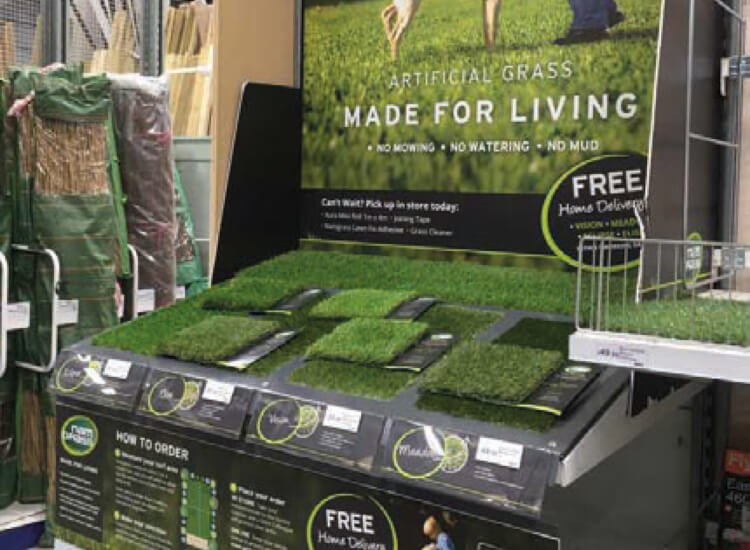
Tactile elements can be really persuasive in your point of sale displays. Most people, when shopping for clothes or home furnishings, will feel the product when shopping in store. This not only demonstrates whether or not the item has a pleasing texture - touching the item helps them to better imagine the product in their own homes and lives.
This logic can be rolled out to other product types. Take, for example, this stand with artifical grass samples. Another example is how Tempur supply and display samples of their memory-foam mattressess.
‘Shoppers are 50% more emotionally elevated or energized when given the ability to physically touch and interact with products’ [2]
5. Taste
Taste might seem like the hardest sense to integrate, but it’s one of the most powerful when used right. Supermarkets, department stores, and pop-up brands all use sampling to trigger immediate engagement and positive associations. Using a promo stand is a great way to hand out samples to customers and encourage extra sales.
A small taste of a product removes uncertainty, transforming curiosity into confidence. Whether it’s a sip of a new drink, a bite of a snack, or even a branded coffee offered while customers browse, taste builds emotional warmth.
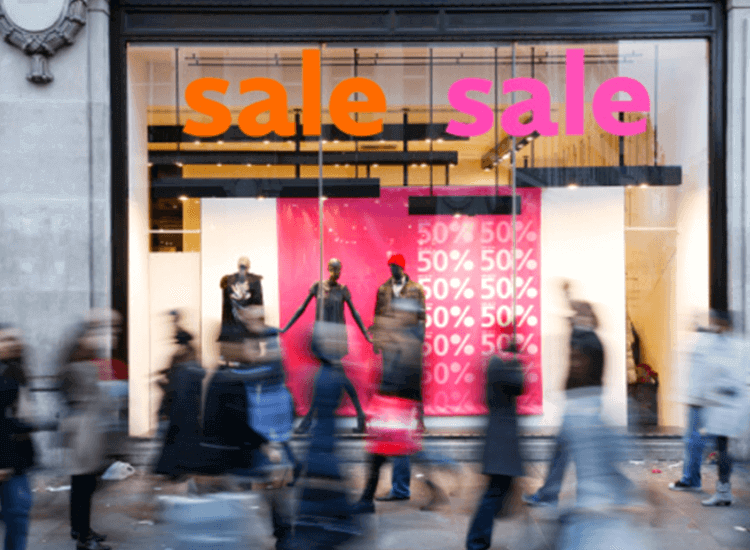


The future of multi-sensory retail and POS
Whether it’s adjusting your playlist, refreshing your window lighting, or adding a tactile display, every sensory cue tells your brand story. The best stores don’t just sell products, they stage experiences customers want to return to.
The next time you walk through your store, pause and ask yourself:
- What do customers see first?
- What sound fills the air?
- What scent lingers?
- What can they touch and connect with?
- And what can they taste that ties it all together?
When all five align, your store stops being just a place to shop — it becomes a place to feel.
References
1. ‘The Daily Ad Exposure: How Many Ads Does the Average Person See Each Day?’ (2024), Adfuel Inc, https://goadfuel.com/the-daily-ad-exposure-how-many-ads-does-the-average-person-see-each-day/.
2. ‘Quantifying The Impact Of Sensory Marketing’ (2019), Mood Media, https://moodmedia.com/gb/quantifying-sensory-marketing/.
3. ‘How Does Background Music Affect Dining Duration, Tips and Bill Amounts in Restaurants? A Field Experiment’ (2024), Behavioural Sciences Journal, doi: 10.3390/bs14121188.

